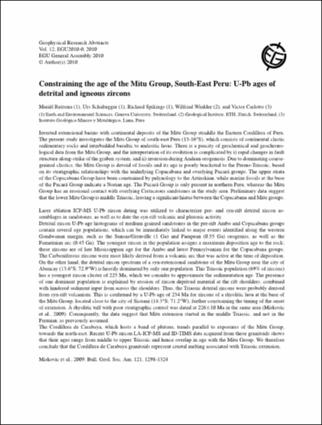Please use this identifier to cite or link to this item:
https://hdl.handle.net/20.500.12544/2569Files in This Item:
| File | Description | Size | Format | |
|---|---|---|---|---|
| Reitsma-Constraining_the_age_of_the_Mitu_Group.PDF | Artículo de congreso | 44.83 kB | Adobe PDF | View/Open |
This item is licensed under a Creative Commons License












